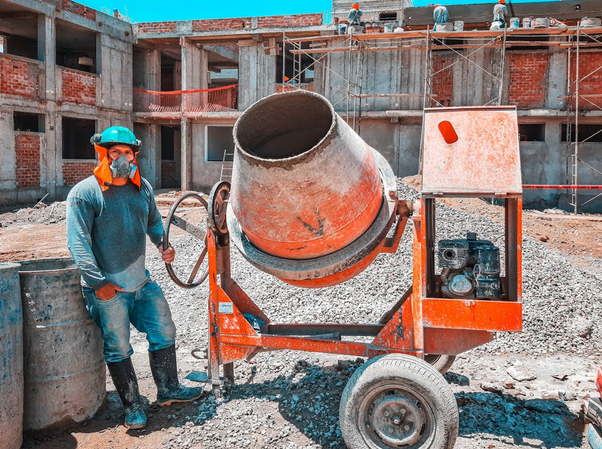Silica Dust Control: Effective Measures for a Safer Construction

Construction sites are complete bustling hubs of activity, where heavy machinery meets skilled labor. While this dynamic environment drives progress and innovation, it also brings significant health risks. One of the most insidious threats comes in the form of silica dust—a fine particulate that can wreak havoc on lung health when inhaled over time.
As workers navigate their daily tasks, safeguarding their well-being should be a top priority for employers and site managers alike. But how do you effectively control silica dust? The answer lies in silica awareness, which includes implementing robust measures that not only reduce exposure but also foster a culture of on-site safety. Now, find out more how professional workers control silica dust and how employers should protect workers from this harmful substance.
Water Suppression Systems
Water suppression systems are a game-changer for dust control on construction sites. Using water to dampen surfaces, these systems effectively minimize airborne silica particles during activities like cutting and grinding. A fine mist or steady spray can quickly settle dust before it has a chance to become airborne.
This not only produces a cleaner environment but also helps maintain air quality for workers. Modern systems are often automated, providing consistent coverage without constant manual intervention. This means teams can focus on their tasks while the system works silently in the background.
Dust Extraction and Ventilation

These systems capture airborne particles at the source, preventing them from spreading throughout the workspace. Utilizing local exhaust ventilation can significantly improve air quality. These systems create a safer environment by drawing dust-laden air away from workers. It’s essential to ensure that vents are placed strategically near high-dust activities like cutting or grinding.
Additionally, proper maintenance of these systems cannot be overlooked. Regular checks for blockages and efficient filter replacements keep everything running smoothly. Investing in advanced dust extraction technologies fosters health and safety compliance while enhancing overall productivity on site.
Use of HEPA Filters
These filters are known for their ability to trap tiny particles, making them indispensable for ensuring clean air. When installed in vacuums and air purifiers, HEPA filters can capture at least 99.97% of airborne particles measuring 0.3 microns or larger. This is vital when working with materials that generate fine dust.
Using equipment equipped with these filters not only protects workers but also enhances overall site safety. It reduces the risk of respiratory issues linked to prolonged exposure to hazardous dust. Moreover, regular maintenance is essential for optimal performance. Keeping HEPA filters clean ensures they remain effective over time, contributing to a healthier work environment.

Enclosed Workspaces
In limited workspaces, workers can operate efficiently without the constant threat of inhaling harmful particles. These enclosed environments often feature sealed walls and roofs that contain any airborne contaminants. This design not only protects employees but also enhances productivity by minimizing distractions associated with dust management.
Additionally, incorporating proper ventilation systems within these enclosures ensures that air quality remains safe and breathable. Filtering systems can further assist in capturing fine particles before they escape into surrounding areas. This method is especially effective for tasks like cutting or grinding materials known to release silica dust.
